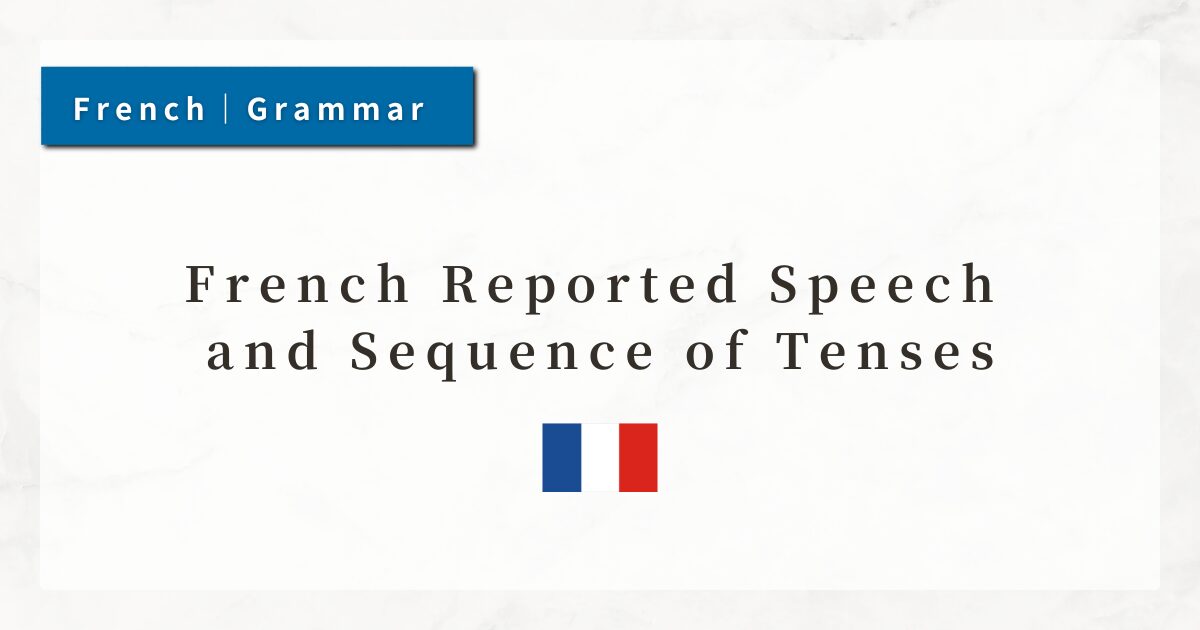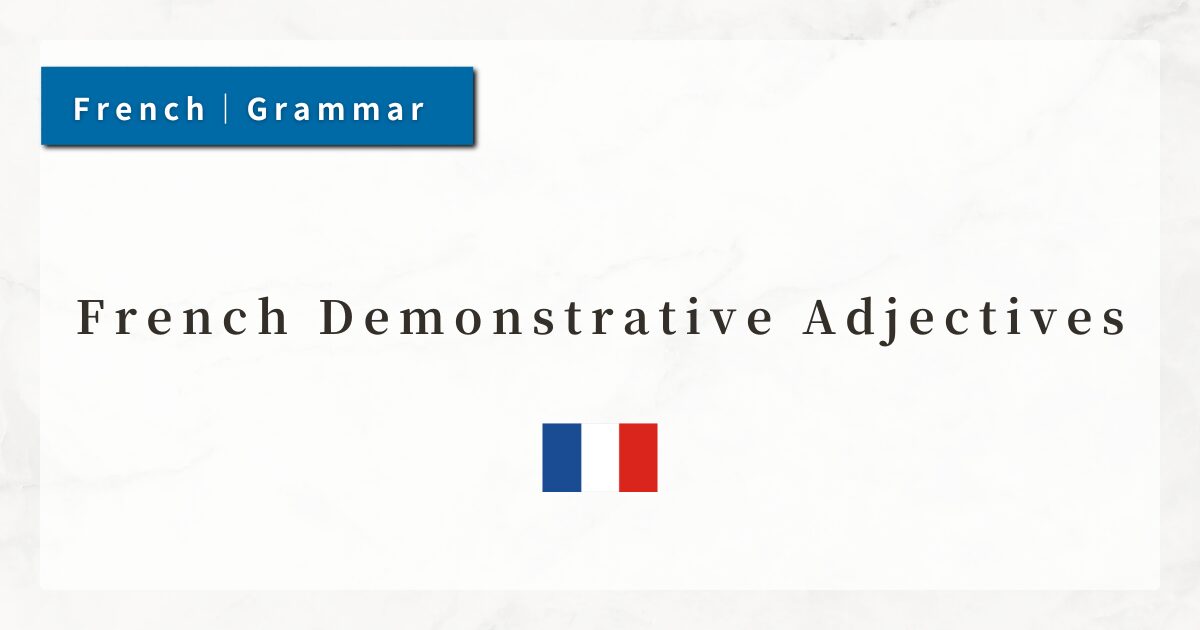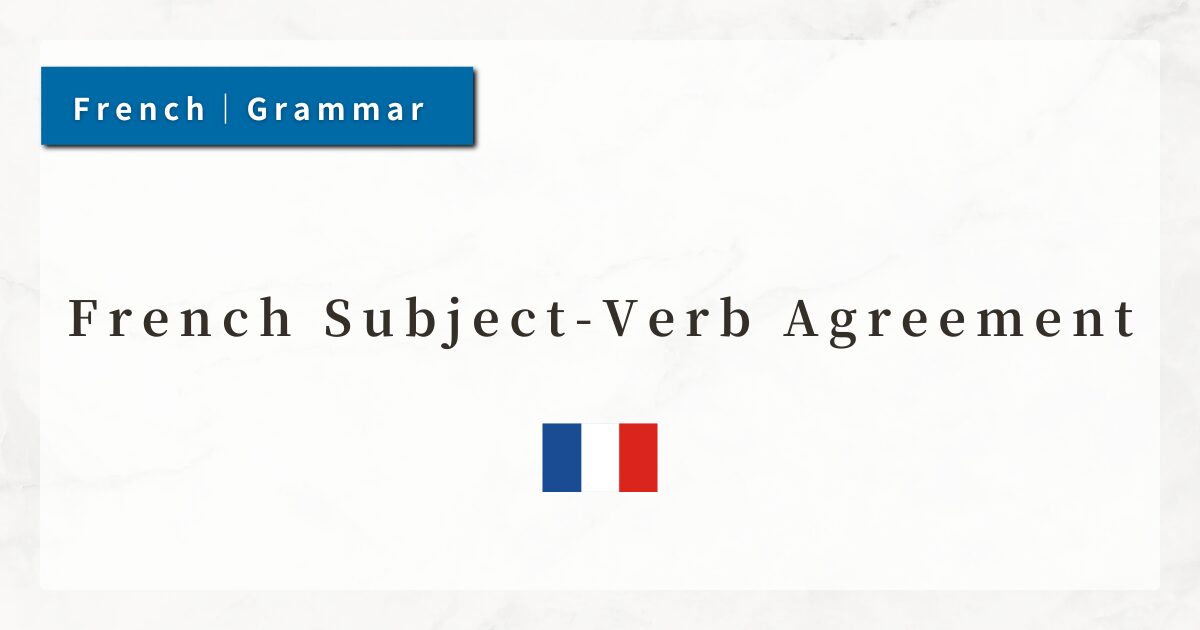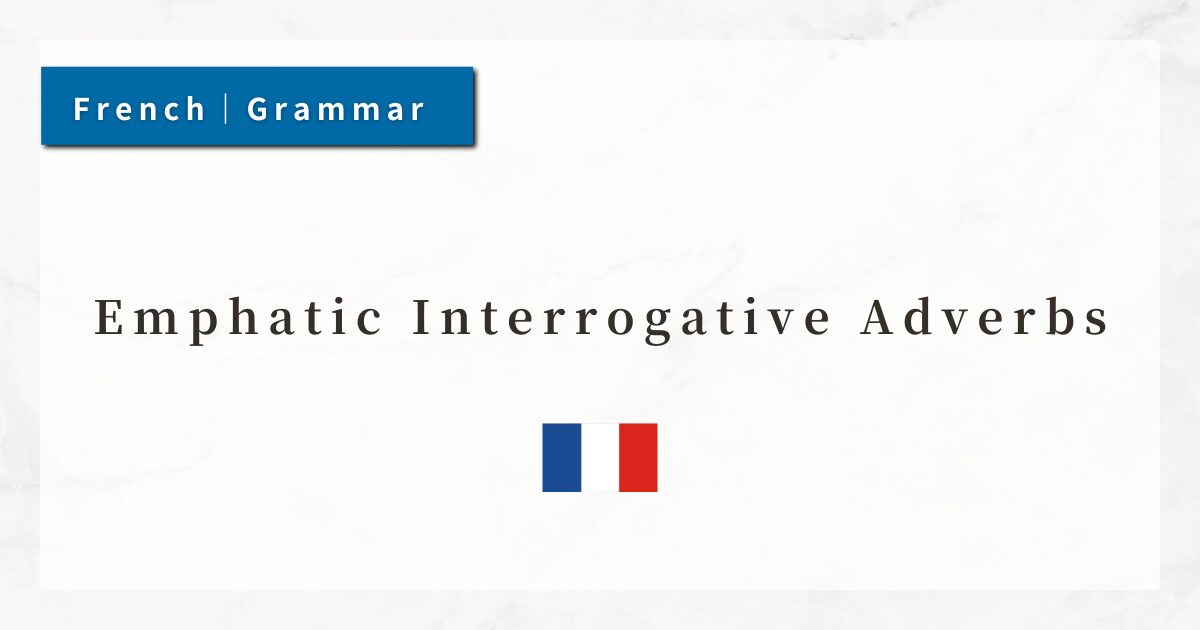#28 French Passé Composé vs Imperfect | Rules and Examples for Proper Usage
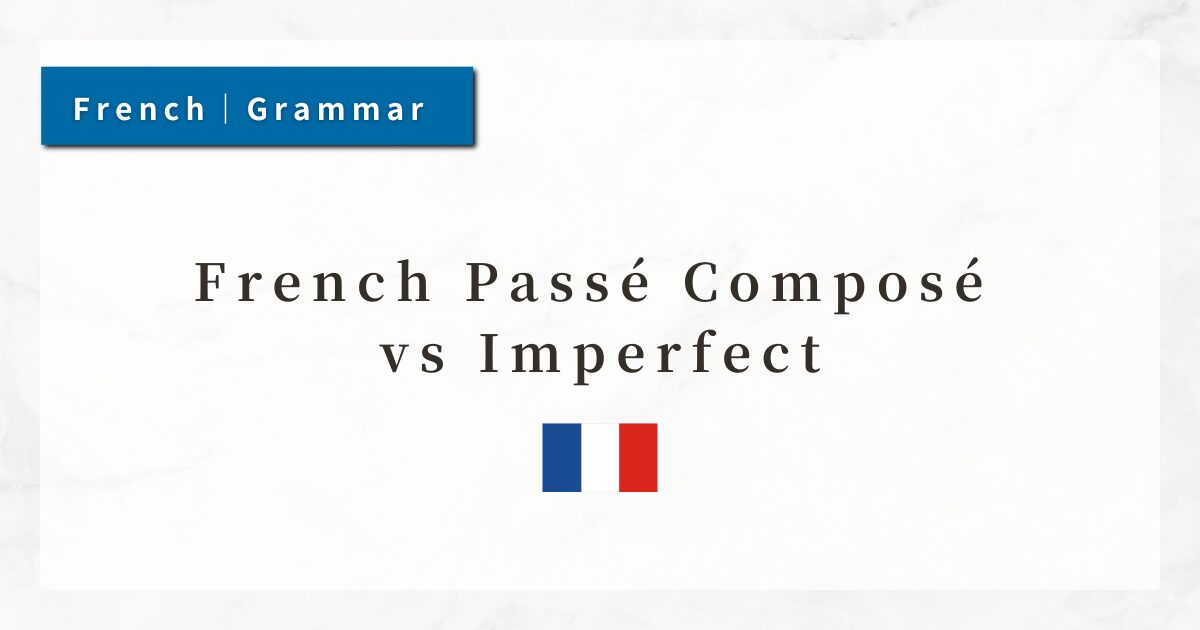
French has several ways of expressing the past, and among them, the passé composé and the imparfait are often confused.
These two tenses differ not only in form but also in meaning and perspective. It is important to distinguish them correctly in order to convey the intended nuance.
In this lesson, I will explain the features of the passé composé and the imparfait, and highlight the differences between them.
1. Basics of the Passé Composé and the Imparfait
When speaking about the past in French, two main tenses are used: the passé composé and the imparfait. The choice between them depends on context, the speaker’s perspective, and the nature of the event.
1-1. The Passé Composé
The passé composé is used for single events, completed actions, or when the focus is on the result of an action. It is comparable to the English “I ate.”
- J’ai rencontré Marie.
(I met Marie.)
→ A completed event that happened once.
1-2. The Imparfait
The imparfait is used to describe continuous actions, habitual activities, background information, or states in progress.
It does not emphasize completion, but rather the circumstances or ongoing nature of the action. It is similar to English expressions like “I was eating” or “I used to eat.”
- Quand j’étais petit, je jouais au parc.
(When I was little, I used to play in the park.)
→ Describes a habitual or ongoing situation.
2. The Passé Composé: Focus on Completed Actions and Results
The passé composé emphasizes what happened and whether the action was completed at a specific time.
- J’ai fini mes devoirs.
(I finished my homework.) - Elle est rentrée tard.
(She came home late.) - Nous avons mangé à midi.
(We ate at noon.)
In each case, the event occurred at a clear moment in time and was completed, which is why the passé composé is used.
3. The Imparfait: Describing Habits, States, and Backgrounds
The imparfait describes what used to happen regularly, ongoing states, or background circumstances.
- Il faisait beau ce jour-là.
(The weather was nice that day.) - Nous habitions à Lyon.
(We lived in Lyon.) - Chaque matin, elle prenait du café.
(Every morning, she used to drink coffee.)
All of these express continuity, habitual actions, or background descriptions.
4. Combining the Passé Composé and the Imparfait
In narratives and conversations, it is common to use the imparfait for background description and the passé composé for events.
This contrast allows you to distinguish between setting the scene and describing actions that occurred.
- Je regardais un film quand il m’a téléphoné.
(I was watching a movie when he called me.)
→ Watching (ongoing) = imparfait,
→ phone call (completed) = passé composé.
5. Summary
- The passé composé is used for single, completed actions, finished events, or results.
- The imparfait is used for habits, background descriptions, continuous actions, or ongoing states.
- In narratives, imparfait is often used for background, and passé composé for events.
- When in doubt, ask: “Was the action completed?” If yes, use the passé composé.

